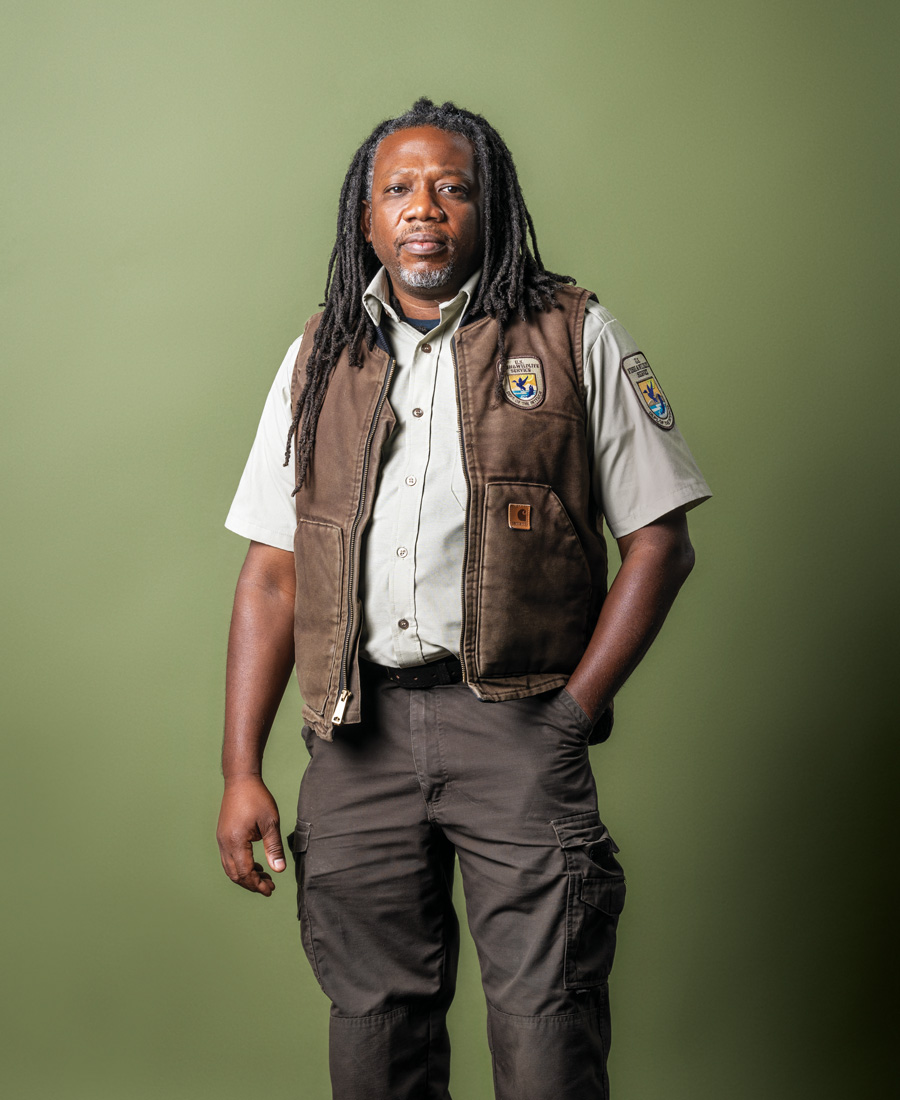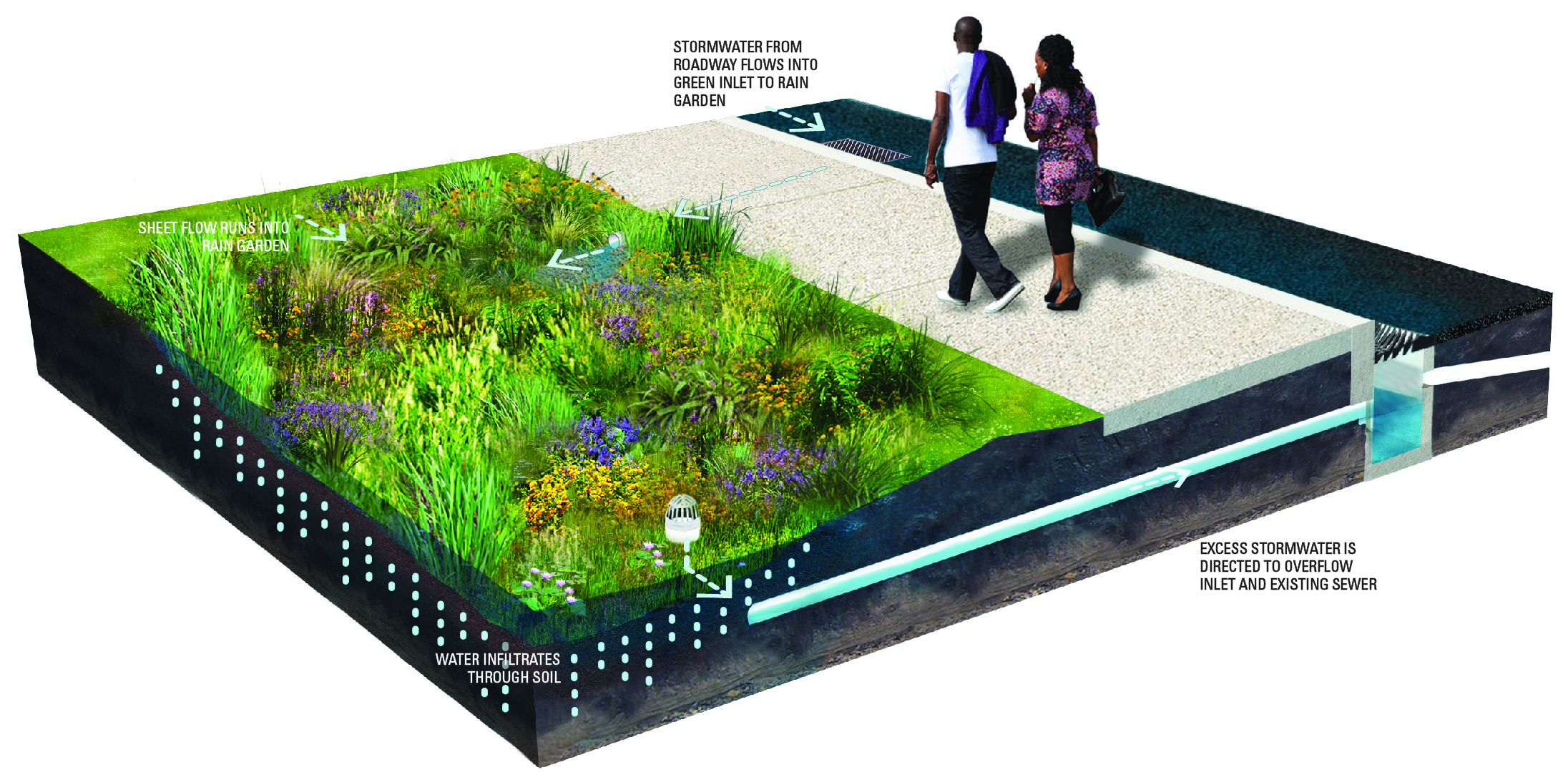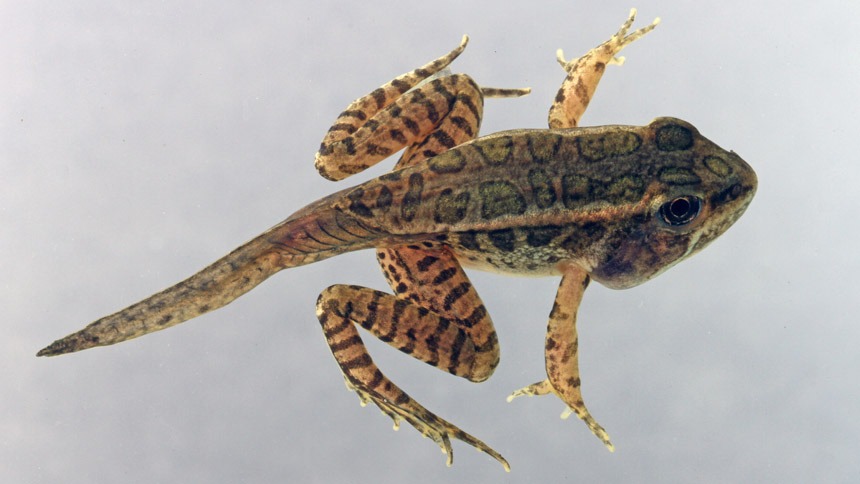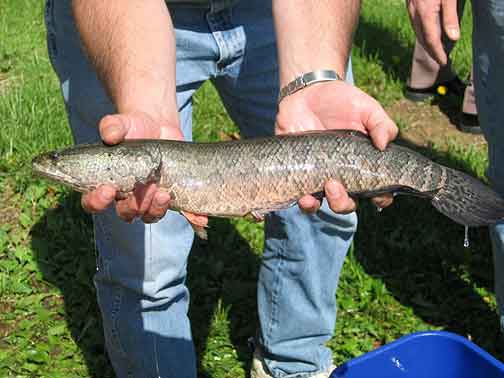Wetlands
Define invasive plant.
Invasive plant species are non-native to particular ecosystems and the introduction of them is likely to cause “economic or environmental harm or harm to human health,” according to the National Invasive Species Information Center.
Define watershed.
A watershed is the area of land that drains precipitation to a particular body of water. Can range in size from a few acres to millions of acres.
T or F: A baby turtle (after hatching) is called a nymph.
False. A baby turtle is called a hatchling.
Name 3 birds that can be found at John Heinz NWR.
tree swallow, barn swallow, red-tailed hawk, osprey, turkey vulture, bald eagle, tufted titmouse, downy woodpecker, carolina chickadee, house wren, american robin, northern cardinal, gray catbird, red-winged blackbird, black-and-white warbler, marsh wren, great egret, great blue heron, bufflehead, common merganser, canada goose, northern shoveler, northern pintail, mallard.....
The first and last name of the Refuge Manager.

Lamar Gore.
The difference between invasive, native, and introduced non-native plants.
Invasive and introduced non-native plants are both non-native to an environment, but invasive plants do or are very likely to cause ecological harm, while non-native plants don't necessarily pose a threat to the ecosystem, even though they may not be as beneficial.
Name an example of green stormwater infrastructure. Hint: Here is example.

What are rain gardens, stormwater basins, stormwater bumpouts, rain barrels, green roofs, green gutters, permeable paving, tree trenches, and/or wetlands?
T or F: This stage of the frog lifecycle is called a froglet.

True.
Name two native turtle species at John Heinz NWR.
snapping turtle, eastern musk turtle, painted turtle, eastern box turtle, northern red-bellied.
Name the Indigenous tribe whose homeland is the land we call Philadelphia.
Who are the Lenape or Lenni-Lenape?
Hydroponics is a method of growing plants without using this.
What is soil?
Name 3 functions of wetlands.
A resting place for migratory birds, cleans water, provides habitat, slows down water flow and temporarily stores water, detoxifies chemicals, safe place for wildlife young, protects against erosion, source of nutrient-rich foods, stores carbon, recreation.
Percentage of water on Earth that is saltwater.
About 97%.
Identify this bird, a statue of which can be found at the entranceway bridge to the VC.

Belted kingfisher (must say full name).
Number of acres in John Heinz NWR that are freshwater tidal marsh.
Between 200 and 300 (naming any number within this range counts).
Name one benefit of hydroponics compared to traditional farming.

What is faster growth, less water usage, or year-round farming?
Name the specific type of wetland that John Heinz is.
Freshwater tidal (have to say both).
Name the 3 gases that contribute most to climate change.
carbon dioxide, nitrous oxide, methane
Name the country / countries of origin of the snakehead, a fish considered invasive to the U.S.

China, Korea, Russia (naming any of the three will count).
The number of federally recognized Indigenous tribes in PA.
0.
Hydroponics systems are often set up indoors. Name one type of light commonly used to help plants grow.
What are LED lights (or grow lights)?
Name the number one method through which watersheds & wetlands become polluted. This is also the greatest contributor to pollution.
Stormwater runoff.
The percentage of the human brain that is water.
About 73 to 80%.
Name this bird, which, although rare, can be found at John Heinz NWR.
A) Glossy Ibis
B) Green Heron
C) Killdeer
D) Scarlet Tanager
E) Pied-billed Grebe
What is A) Glossy ibis.
Original amount of acres of freshwater tidal marsh of John Heinz NWR.
5000 (within 500 is acceptable).
